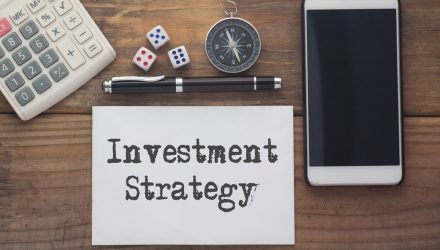By Andy Poreda, ESG Research Analyst
All holdings in the Sage Impact Bond Strategy are labeled green, social, or sustainability
When the European Investment Bank issued the world’s first green bond in 2007, little did the investing community know that 14 years later the green bond market would explode the way it did. What was once a niche part of the market recently surpassed $1 trillion and is expected to double by the end of 2021. The popularity of green bonds has also led to similar offerings in the form of both social and sustainability bonds. Together, Sage refers to these three types of fixed income securities as “impact bonds,” since investment dollars are going directly to fund projects that have measurable impact.
The issuance of green, social, and sustainability bonds reached $3.2 trillion in the first half of 2021 and is on track to exceed $11 trillion by 2025, according to Bloomberg. As the world faces the existential challenge of tackling climate change and a myriad of other societal challenges, proceeds-driven investments that can positively benefit societies around the globe are a perfect investment vehicle for all stakeholders to embrace. Investors earn returns that often mirror traditional fixed income offerings, and issuers can showcase their sustainable intentions. With greenwashing becoming an ever-growing concern in the ESG investing world, impact bonds provide sustainably-minded investors with some peace of mind about where their investment dollars are going.
As popular as these bonds have become, however, their availability is somewhat limited and most of them have one or more of the following challenges that may make them an unsuitable choice for many investors:
- High expense ratio
- Bond proceeds that are not officially designated as green, social, or sustainability
- International debt exposure that requires currency hedging
- Longer durations that may not be desirable with interest rate volatility
- Differences in the credit quality of underlying holdings vs. other investment grade products
Many investors rely on their fixed income products to round out their portfolios, providing them with risk management, income, and/or liquidity. Based on the characteristics of many of these current impact products, it’s possible that investors may have to sacrifice some of their utility to gain the advantage of holding impact bonds. And for others, a deeper look under the hood may cause investors to wonder why a fund manager holds certain “impact” bonds, especially if they are not labeled as a green, social, or sustainability bond. Sage understands all of these challenges, which is why we deliver our Sage Impact Bond Strategy as a separately managed account (SMA). The portfolio’s features include:
- All holdings are U.S. dollar denominated and investment grade
- The duration is similar to many U.S. Intermediate Government/Credit strategies
- Positions are all highly liquid
- Bonds are all labeled as green, social, or sustainability
- Includes U.S. agency, securitized, and corporate debt
Not only is the strategy designed to deliver performance similar to conventional fixed income strategies, but investors can also be confident in knowing where their investment dollars are providing impact. What makes our strategy unique is that all bond holdings are labeled green, social, or sustainability.
Bond issuers have already demonstrated how investment dollars can tackle society’s challenges, so now is the time to own them as part of the portfolio. This segment of the bond market is only going to grow vastly larger and become a more integral component of lending worldwide.
Disclosures: This is for informational purposes only and is not intended as investment advice or an offer or solicitation with respect to the purchase or sale of any security, strategy or investment product. Although the statements of fact, information, charts, analysis and data in this report have been obtained from, and are based upon, sources Sage believes to be reliable, we do not guarantee their accuracy, and the underlying information, data, figures and publicly available information has not been verified or audited for accuracy or completeness by Sage. Additionally, we do not represent that the information, data, analysis and charts are accurate or complete, and as such should not be relied upon as such. All results included in this report constitute Sage’s opinions as of the date of this report and are subject to change without notice due to various factors, such as market conditions. Investors should make their own decisions on investment strategies based on their specific investment objectives and financial circumstances. All investments contain risk and may lose value. Past performance is not a guarantee of future results.
Sage Advisory Services, Ltd. Co. is a registered investment adviser that provides investment management services for a variety of institutions and high net worth individuals. For additional information on Sage and its investment management services, please view our web site at www.sageadvisory.com, or refer to our Form ADV, which is available upon request by calling 512.327.5530.

